Scenes from Veneto (Tenor Sax & Piano)
Scenes from Veneto (Tenor Sax & Piano)
A suite of four-movements inspired by scenes from the Veneto region of Italy.
Pricing
Printed Score + Parts: $39.00
Digital PDF Score + Parts: $39.00
Details
Tenor Saxophone and Piano
Year of Composition: 2024
Length: 16:00
NOTES
In 2024, I visited the Veneto region of Italy to celebrate my brother’s retirement from the US Air Force (he was stationed at Aviano Air Force Base in Northern Italy). In what was a great honor for me, he asked me to perform the National Anthem at his retirement ceremony, which I played on tenor sax.
While in the Veneto region, I was struck by the beauty of the countryside and the history that seems ubiquitous; it feels as if everywhere you go there is a castle or church dating back a thousand years or more.
On the journey back to the US, I started to think about composing a piece of music about this region of Italy. Having just performed there (albeit very briefly!) on saxophone, I thought about the possibility of a piece for saxophone and piano.
And I thought about the many places I had seen, and the variety of music those places might evoke. I thought, perhaps a series of short character pieces would be a good fit. This led me to think of Paule Maurice’s Tableaux de Provence, a staple in the saxophone repertoire—a suite of 5 short movements depicting scenes from the French region of Provence. It’s a piece that has some significance for me, as I performed it for a masterclass with the late saxophonist Kenneth Fisher my freshman year in college.
So I returned home and began thinking about what specific places and scenes in Veneto would inspire the different movements, and I began sketching out ideas for the piece.
I. Aviano Fanfare
The first movement, Aviano Fanfare, is inspired by the US Air Force Base in Aviano, where my brother’s retirement ceremony was held. The saxophone begins alone, with fanfare-like motives meant to depict strength and honor. In m. 9, the piano enters and introduces a motive that will permeate the work: A-F-C-E, a musical code for Air Force.
The music grows more active and energetic, and the A-F-C-E motive is transformed and presented in different ways, including m. 38 where the notes are rearranged and become A-E-F-C#. By m. 56, the music becomes machine-like with repetitive eighth notes in the piano. This machine-like music (while the saxophone still develops the A-F-C-E motive) is meant to symbolize the machine of war. In m. 88 the initial A-F-C-E motive reaches the climax of its development, appearing in permeations in both hands of the piano and the saxophone, as it leads the machine-like music to an end.
II. Mercato di Sacile
On Thursday mornings, there is a sprawling market that takes over the streets of Sacile, a picturesque town with canals running through the central square. Vendors sell everything from fresh fruit to Italian leather goods and clothing. The music for this movement is a gentle waltz – a whimsical setting of a walk through the square on a warm summer morning.
III. Marcia al Castello
Castello di Conegliano is an impressive fortress built about 1000 years ago atop a hill in the city of Conegliano. From the top, there are expansive views of the area. In the music, I envisioned armed guards marching around the top of the fortress, on the lookout for any threats to the medieval city.
IV. Sunset in the Prosecco Hills
The final movement depicts a beautiful sunset in the town of San Pietro di Feletto, overlooking the prosecco hills. The piano begins the movement with a variation of the A-F-C-E motive from the first movement. Much of the piano music in the final movement is derived from the A-F-C-E motive. The saxophone enters with a floating melody that carries emotions of gratitude and sadness (perhaps gratitude for the beauty of the day, and sadness that it is ending). The music moves gradually downward as the sun gently drifts lower. Remembrances of the morning market in Sacile are heard in moments such as m. 18. The music is meant to float and move slowly, just as the sunset moves almost imperceptivity slow as it falls to the horizon. This movement is dedicated to my good friend, the late Michael Stolten.

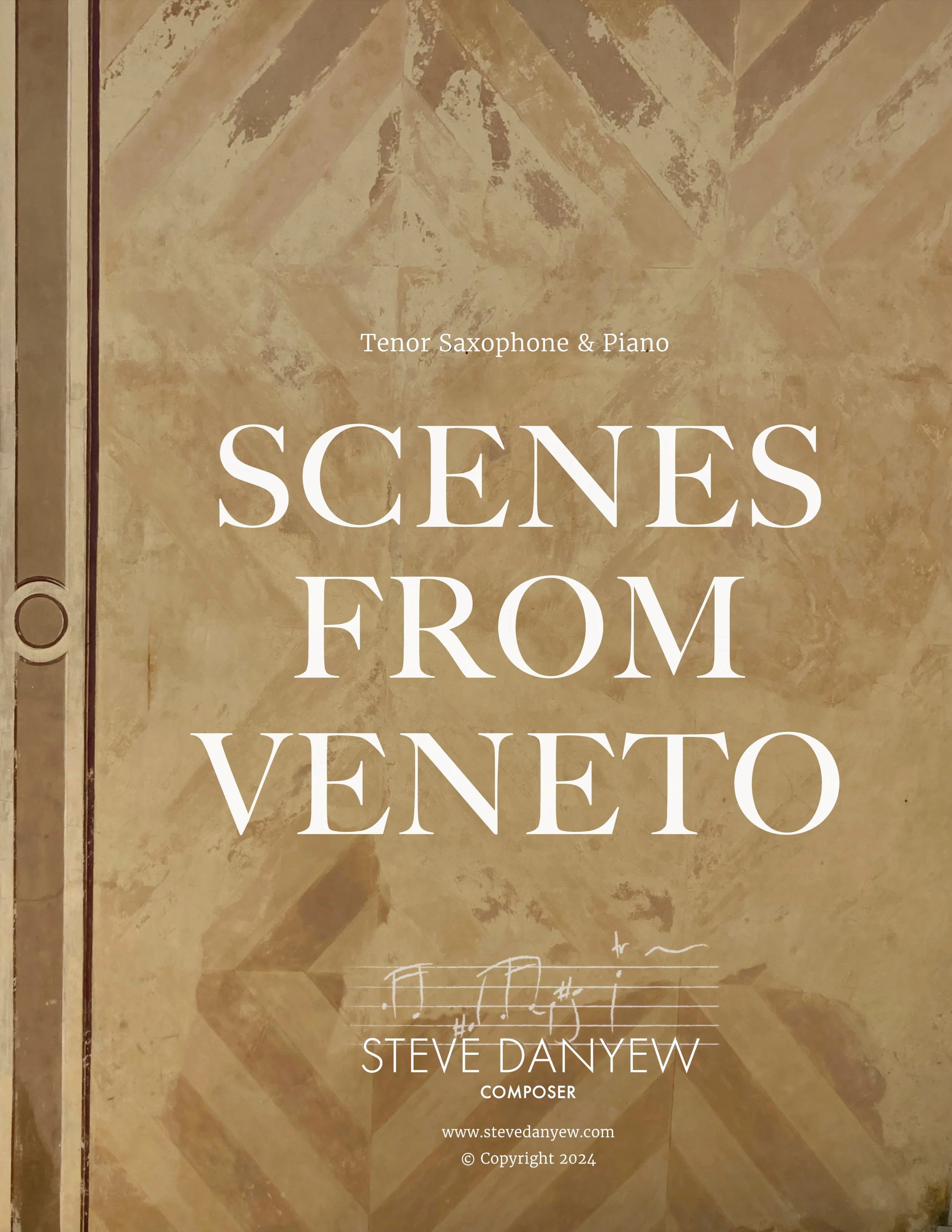
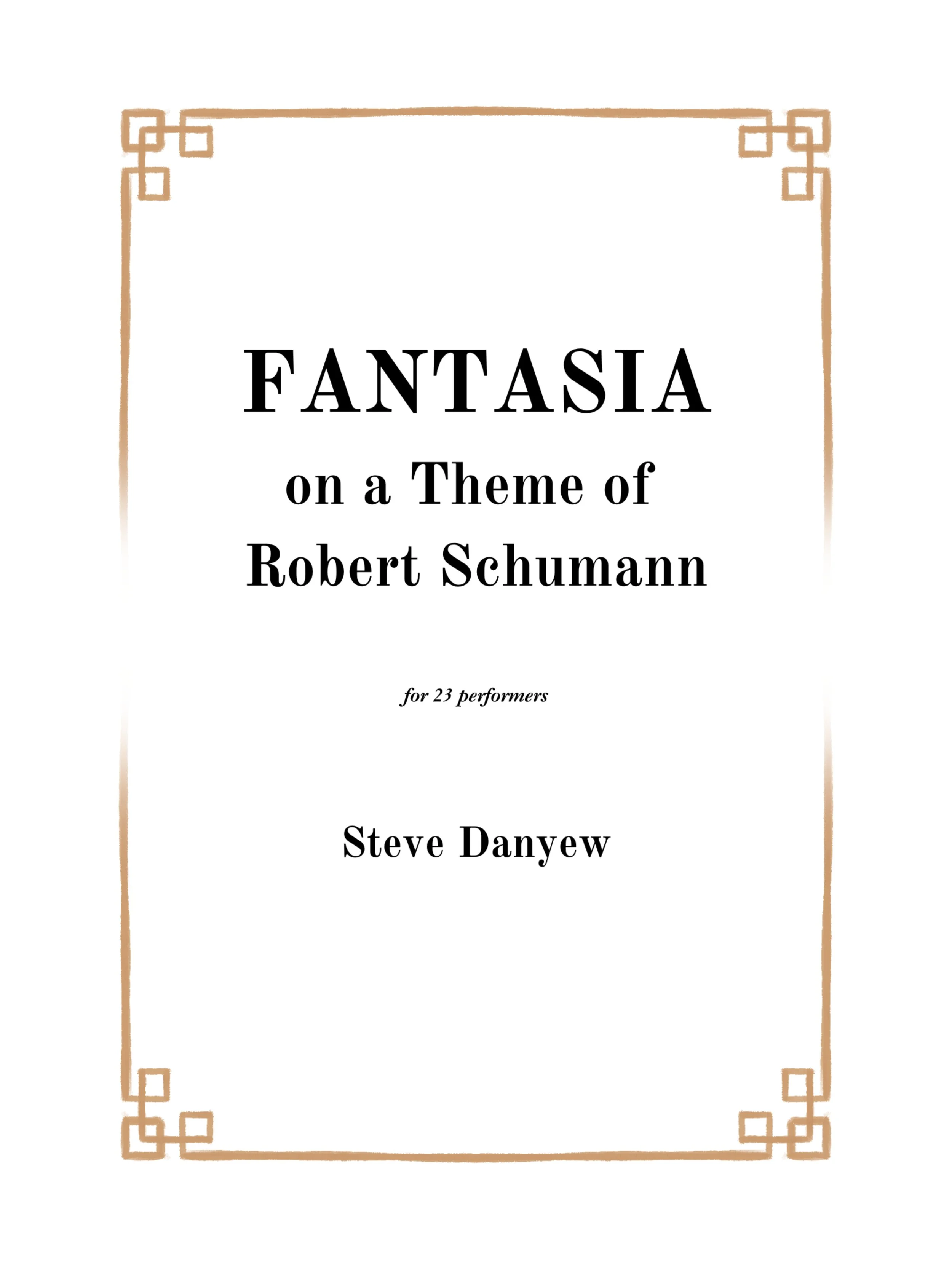




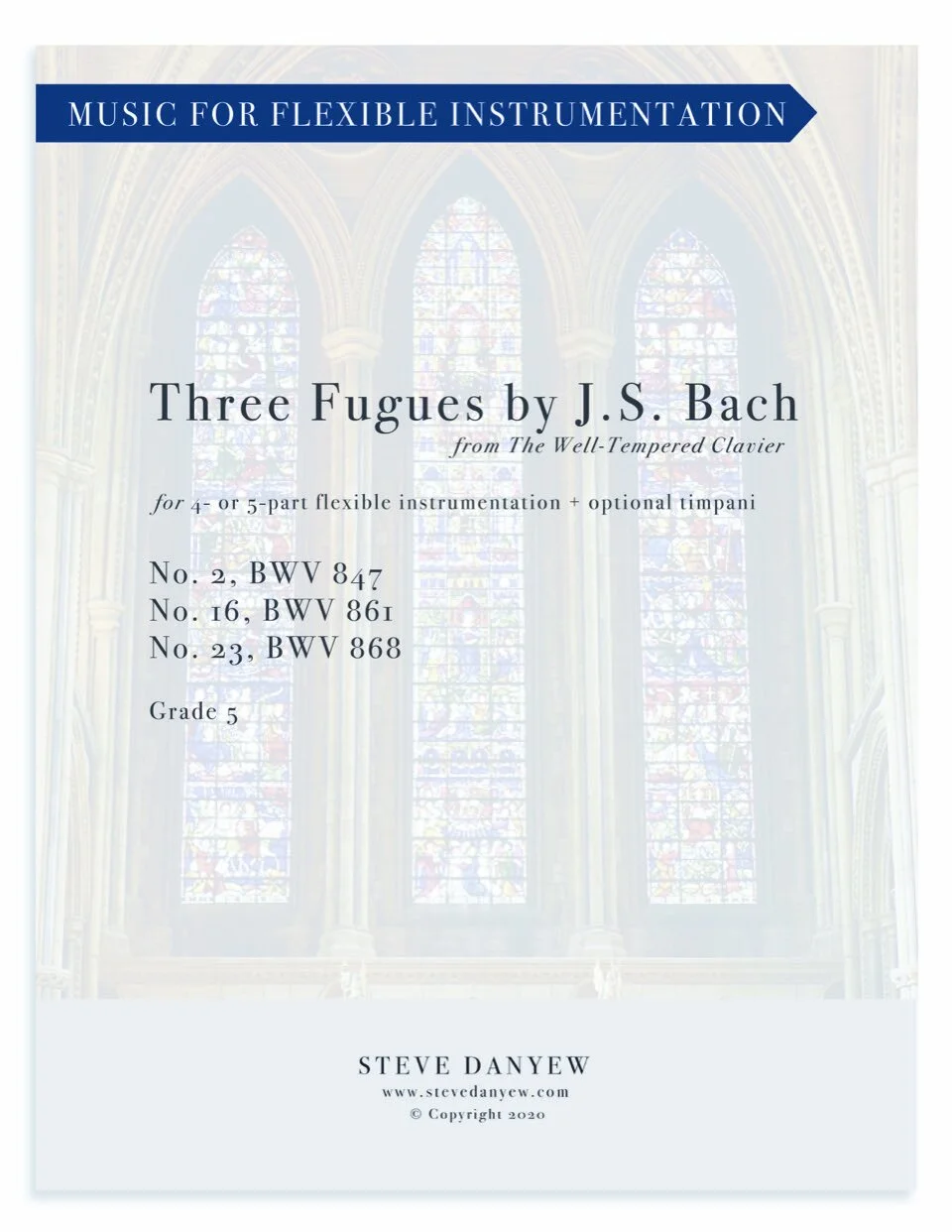
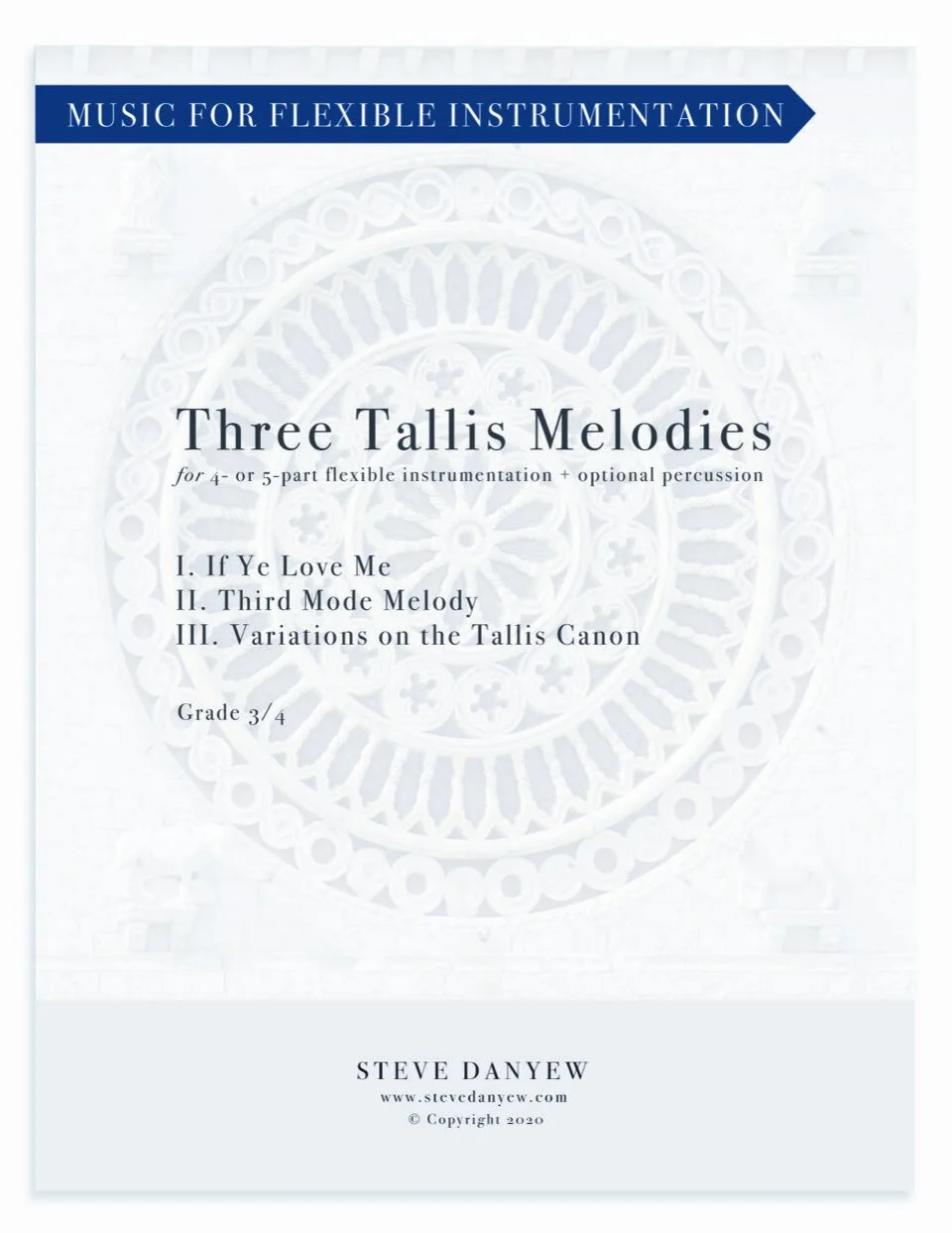


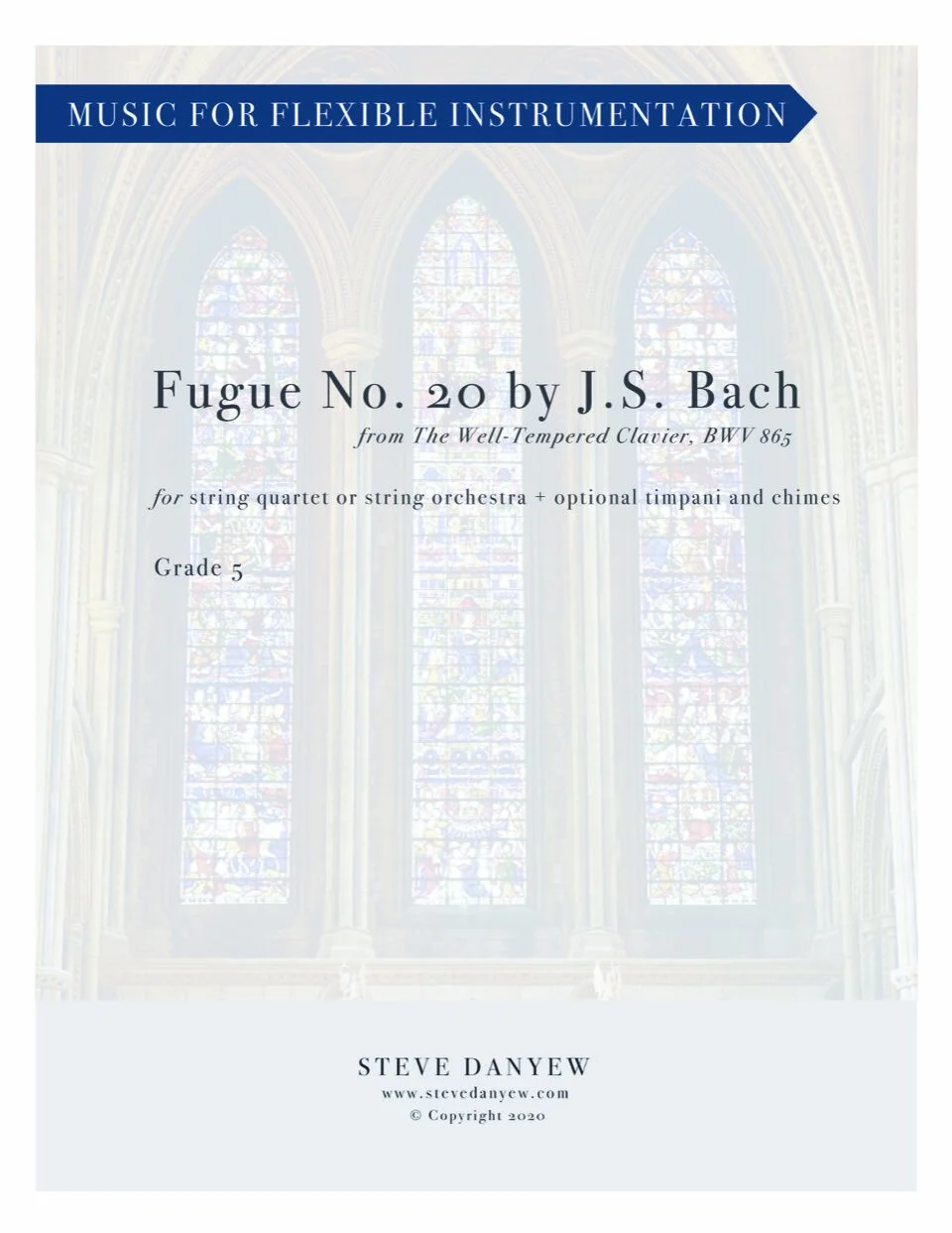
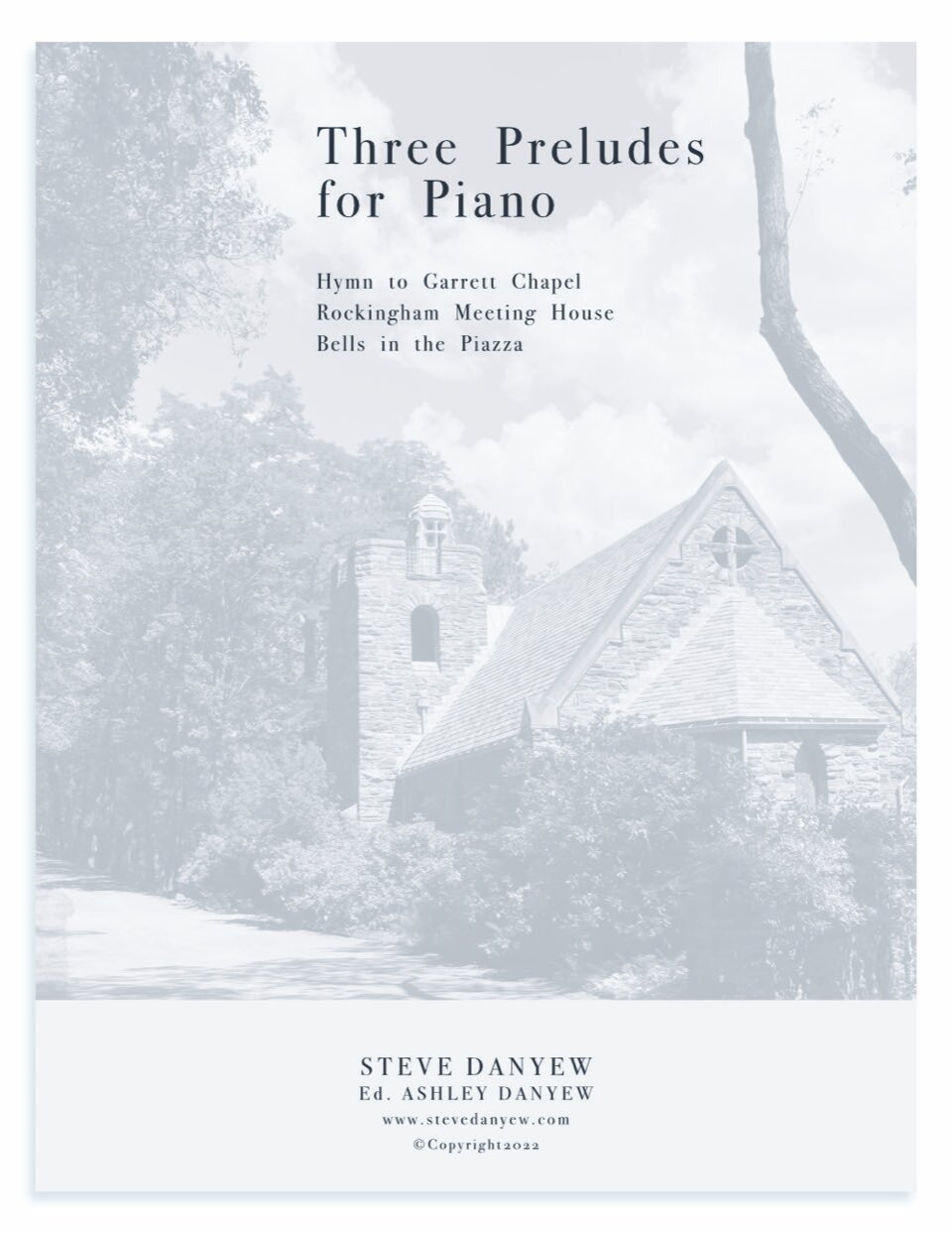

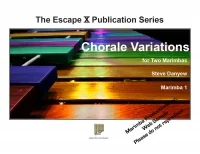





A song cycle for soprano and piano of six short pieces, with clever, playful texts by Louisa May Alcott. From the light, dance-like opening to the soft, dreamy lullaby at the close, these songs are organized to depict a carefree summer day.